Help your Year 5 Maths students learn to convert units of time with a printable Time Conversion Chart.
The Time-Conversion Challenge: A Common Struggle in Year 5 Maths
In the Year 5 classroom, students often struggle with understanding how to convert time units such as seconds to minutes, hours to days, and understand how they are all related. It can be confusing to figure out how to do the mathematical conversions and apply them to real-life situations. It takes a lot of practice, review, and memorization to tackle this difficult maths concept, and we’re here to help!
Year 5 Maths Time Conversion Charts for Kids!
If your Year 5 maths students struggling with understanding time conversions, we have a solution for you! Our Printable Year 5 Time Conversion Charts are a great tool to help them complete and retain the skills they need in order to master time conversions. These charts are designed to be used as student reference charts that can be placed inside maths workbooks, maths notebooks, or as inserts for interactive notebooks. The following units of time are referenced on these two handy guides.
Converting Units of Time –
1 minute = 60 seconds
1 hour = 60 minutes
1 day = 24 hours
1 week = 7 days
1 year = 365 days (366 in a leap year)
📚 Get Your Time Conversion Charts for Year 5 Today!
Equip your students with the tools they need to understand time conversion! Download your Time Conversion Charts today by clicking the dropdown arrow on the download button. From there, select the editable Google Slides resource file or printable PDF file.
This resource was created by Lindsey Phillips, a Teach Starter Collaborator.
Even More Ways to Teach How to Convert Units of Time
Don’t stop there! Make sure you check out these resources to give your students even more practise with converting time.
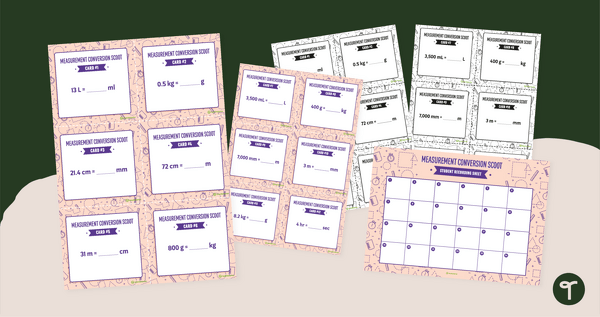
teaching resource
Measurement Conversion Scoot Game
Grab a handy set of 24 measurement conversion task cards to use as a whole class scoot activity.
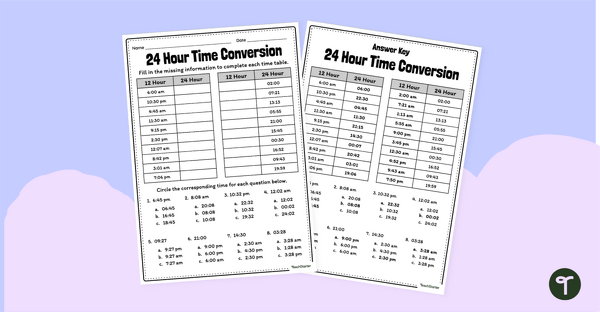
teaching resource
Converting Time Worksheet - 12 to 24 Hour Time
Review how to convert 12-hour to 24 hour time with a printable converting time worksheet.
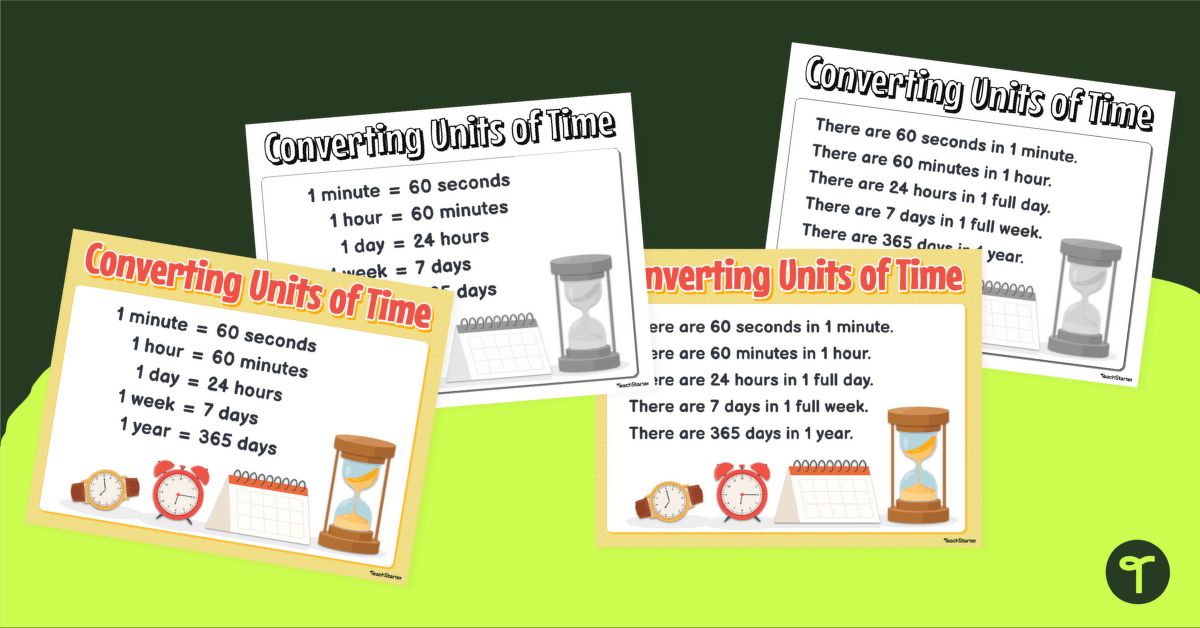

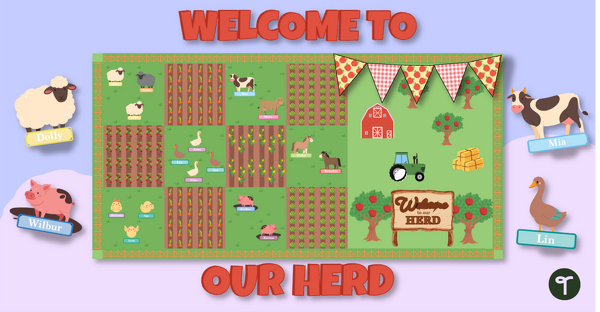
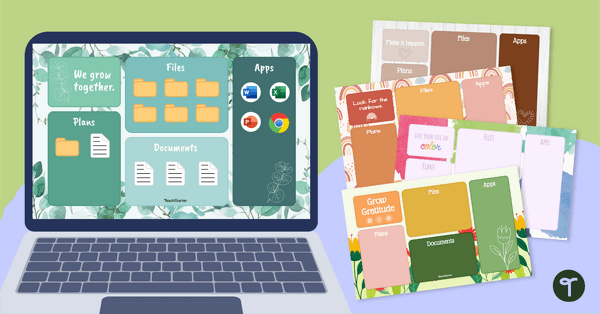
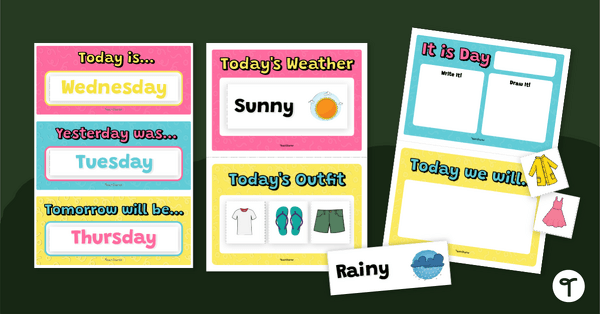
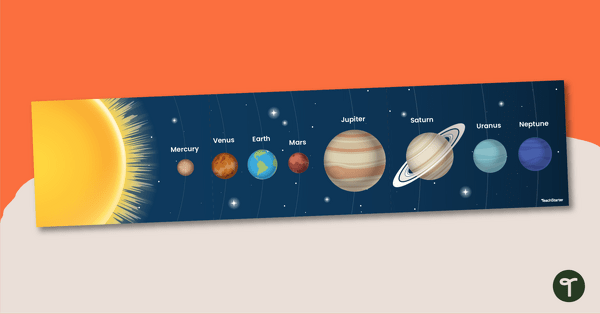
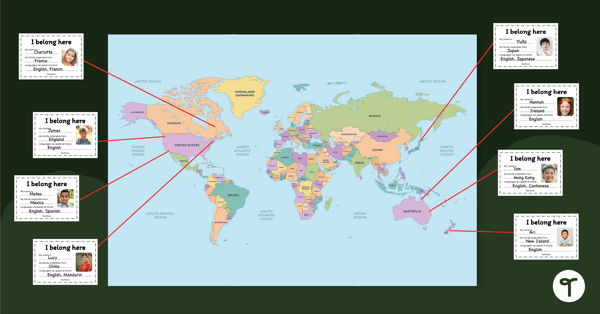
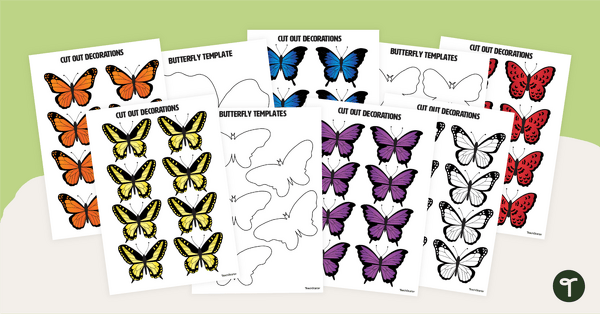
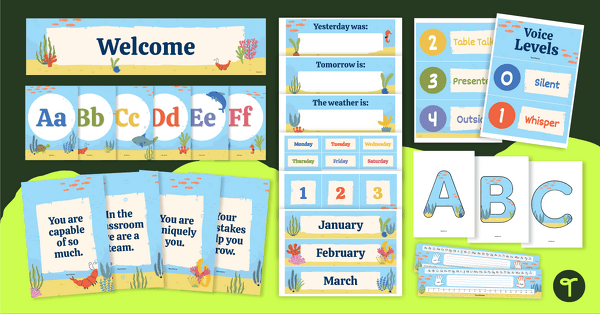
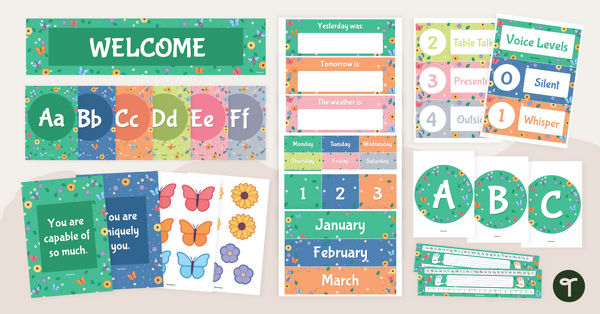
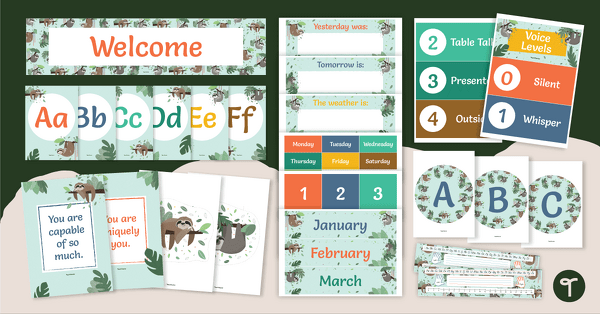
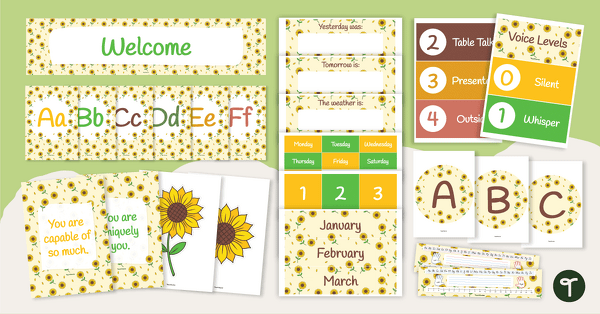
0 Comments
Write a review to help other teachers and parents like yourself. If you'd like to request a change to this resource, or report an error, select the corresponding tab above.